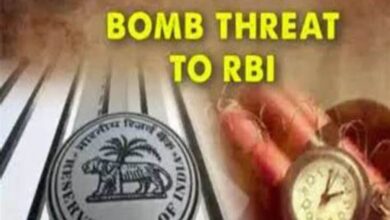Astronomers warn of ‘worrisome’ light pollution from satellite constellations
The International Astronomical Union has issued the preliminary results from a study on the potential effects of multi-thousand satellite constellations like that being built by StarLink. Finding that Earth-based astronomical observations may be “severely affected,” the body warned that mitigations and rules had better be formed sooner rather than later.
The group expressed its concerns last summer, but undertook a broader study and survey of possible effects, asking various observatories and organizations to chime in. The general feeling is one of “hope for the best, but prepare for the worst.”
According to the IAU’s estimates, once there are tens of thousands of satellites in low Earth orbit, somewhere around 1,500 will be above the horizon at any given time, though fewer (250-300) would be more than 30 degrees above it, in the area usually observed by astronomers.
“The vast majority” will be too faint to be seen by the naked eye except during specific periods when the sun’s light is more likely to reflect off their surfaces — in the early hours of darkness, generally. Measures are being taken to reduce the visibility and reflectivity of these supernumerous satellites, but we won’t be sure how effective they are until they’re up there, at which point of course it is too late to do anything about it.
More “worrisome,” as the IAU puts it, is the potential effect on wide-field observations like the Large Synoptic Survey Telescope’s (lately renamed the Rubin Observatory). Almost a third of 30-second exposures done by such telescopes could be affected by satellites overhead, which will be far more visible to their sensitive instruments.
There may be ways around this, but it’s hard not to read a sense of frustration into the IAU’s statement:
In theory, the effects of the new satellites could be mitigated by accurately predicting their orbits and interrupting observations, when necessary, during their passage. Data processing could then be used to further “clean” the resulting images. However, the large number of trails could create significant and complicated overheads to the scheduling and operation of astronomical observations.
In other words, if the operators of these constellations refuse to do anything about it, there are at least things we can do. But they won’t be without cost or drawbacks.
This is all strictly relating to visible light issues; possible interference with observations of radio-frequency and other invisible radiation due to the transmissions of these constellations is still something of an unknown.
Ultimately, though the IAU’s statement is careful to maintain a veneer of neutrality; it’s clear they’re all rather put out.
“A great deal of attention is also being given to the protection of the uncontaminated view of the night sky from dark places, which should be considered a non-renounceable world human heritage,” they write. “There are no internationally agreed rules or guidelines on the brightness of orbiting man-made objects. While until now this was not considered a priority topic, it is now becoming increasingly relevant. Therefore the IAU will regularly present its findings at the meetings of the UN Committee for Peaceful Uses of Outer Space, bringing the attention of the world government representatives to the threats posed by any new space initiative on astronomy and science in general.”
In other words, they’re not going to quietly sit in their observatories and let a handful of companies clutter up the night sky.
Source: TechCrunch




